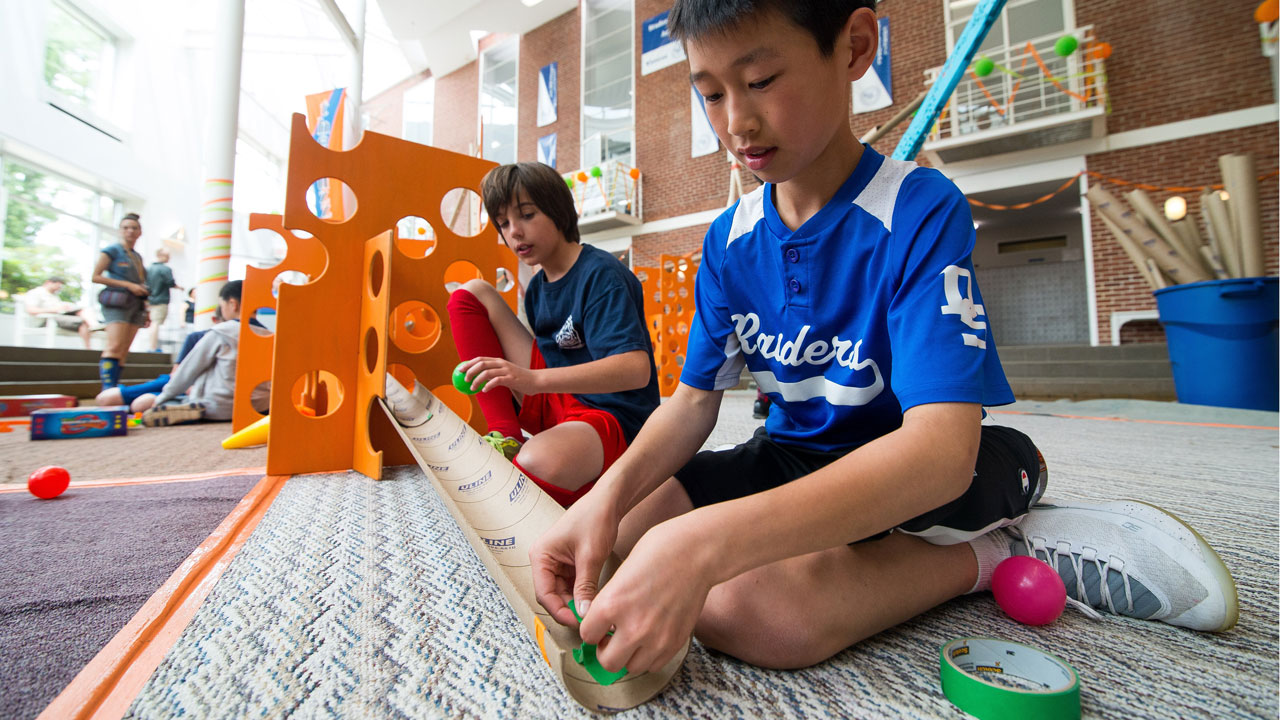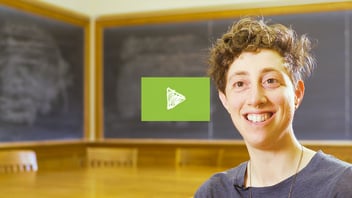A Case for Making: The Roots of Learning

In a lot of ways, Making, rather than being the hot new educational thing, is really the traditional way we learn. “Book learning” was the disruptive, radical technology — a kind of New Math before there was New Math.
But using our classic, timeless teaching and learning method, one learned to be a blacksmith by doing the work of a blacksmith, perhaps apprenticing to a blacksmith. You learned to bake by baking, under the watchful eye of an established baker. Humans learned very complex things long before there was widespread literacy. They built cathedrals without textbooks. They learned by making. And by making and failing, they furthered the things they were trying to learn.
We need to make not because the world is about to be made new in some near, anxious future, but because the world is always being made new, and forever will be.
Book learning presumes that enough things will stay the same that it can be codified, memorized, and become canonical.
Making says, “I don’t know, what if I attached this thingy here? Then what?”
Making perpetually updates and upgrades the learning process. Books simply can’t do that.
The Myth of The Singularity
In a verbal or written encounter with a traditional teacher, it feels as if you are in the hunt for The Singularity — a correct answer that makes both student and teacher feel good. Even a good teacher employing the Socratic Method can feel as if she is a wise Puzzle Master trying to see if you can solve the the riddle. Making is different than that.
I recently heard a nice metaphor by John Spencer that describes these differences with great clarity. At one point, he says, we hoped that learning was “like climbing a ladder.” Learn something, climb a step. Learn something more, climb another until you reach the top. At the top was deep, unchanging knowledge, which could, using something like transubstantiation, become mastery. Now, he says, we are starting to realize that we are not on a ladder, but instead in a maze. We must learn “to pivot, revise, persevere,” Spencer says.
To do that, we've got to get our hands on things, and be physically involved in the process. I’ve read from certain car designers, speaker designers, and house designers that while the computer helps with certain phases of the design, they find themselves needing a three dimensional model, one that they manipulate and change with their hands, to confirm choices they made on the computer.
Making: A Common Language
There is a lot of talk about transdisciplinary work in schools these days. Making can be the common language that allows that connectivity among departments to be manifest. If, as so many schools claim, they want to emerge from their academic silos, then the act of using our hands to create and learn might be our most basic, essential meeting place. The first language, common ground.
Beyond academic departments, entities such as advancement, admissions, alumni, etc can participate in the Making, or use it to tell essential stories of what is happening in their school. It can become a new, vibrant part of the narrative that describes a dynamic school community.
Our minds are not in a jar, up on a shelf. Our minds are encased in our body, going through space and time, controlling the journey and learning from it at the same time. Making in a school setting respects the fullness of who we are, and gives us hope that more kinds of people can be drawn into the learning space, and be successful there. Currently, it seems as if we reward the minds that favor language and computation. Imagine how many more people will feel valued, and how many more problems can be addressed if schools invite a wider array of learners and teachers to the learning space.
Reading and writing, ‘rithmatic and making. We can go backwards to propel our schools forward.



